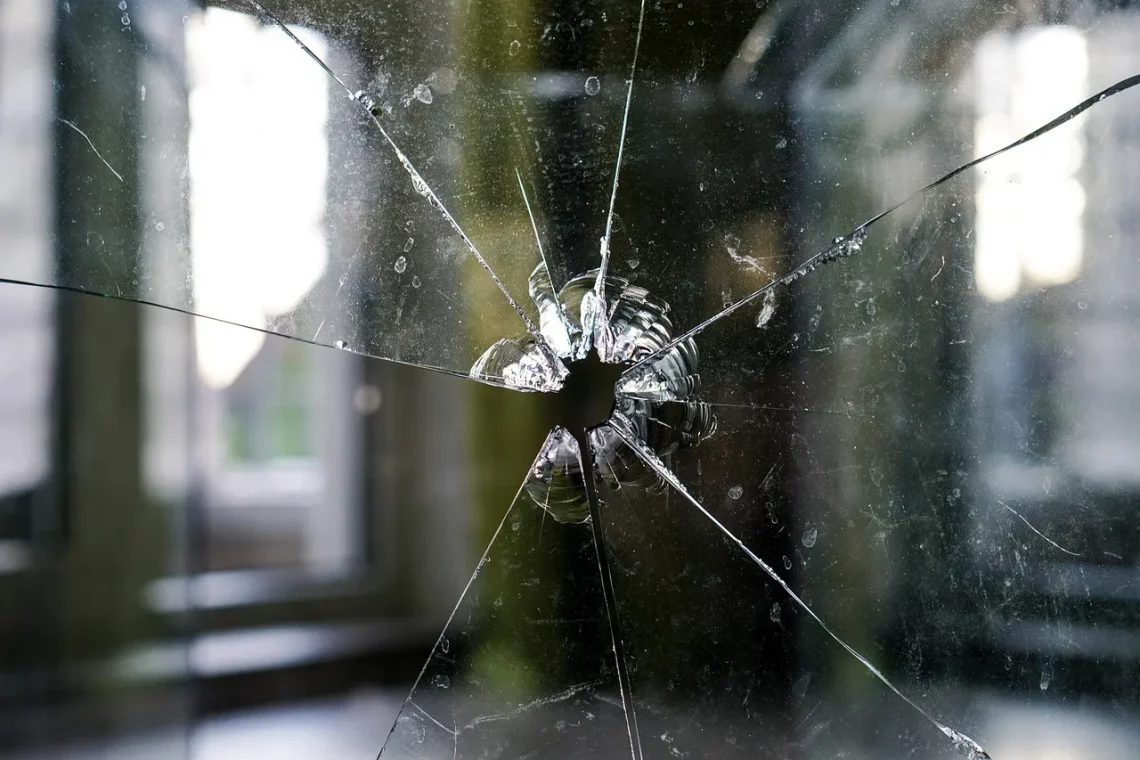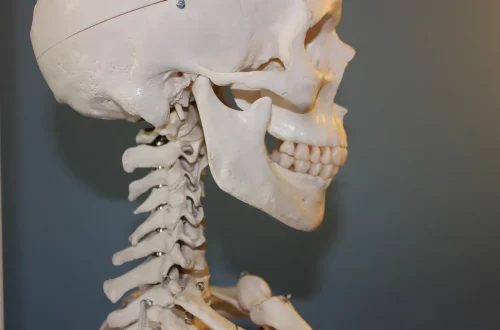
The Shocking Truth Behind Autopsy Photos of Bonnie and Clyde
The tale of Bonnie and Clyde has captivated the public imagination for decades, painting a vivid picture of two notorious outlaws whose lives and deaths became part of American folklore. Their story is not just one of crime and rebellion but also of love and loyalty, as the couple navigated the tumultuous landscape of the Great Depression. Bonnie Parker and Clyde Barrow became emblematic figures of their time, embodying the spirit of defiance against societal norms and the law. However, their thrilling escapades were ultimately met with a tragic end.
The fascination surrounding Bonnie and Clyde extends beyond their criminal exploits; it encompasses the cultural impact they left behind, including the sensationalism that accompanied their demise. The couple’s death in a hail of bullets at the hands of law enforcement marked a significant moment in American history, one that was documented and disseminated widely, often overshadowing the human tragedy of their lives. Autopsy photos, in particular, have been a point of contention and intrigue, revealing the grim realities that lie beneath the romanticized narratives.
These images serve as a stark reminder of the consequences of a life lived on the edge, contrasting sharply with the glamor often associated with their story. The public’s morbid curiosity surrounding autopsy photos reflects a broader fascination with mortality and the darker aspects of human nature. In this exploration, we delve into the layers of meaning behind these haunting images and what they reveal about society’s relationship with crime, death, and the legacies of infamous figures.
The Legacy of Bonnie and Clyde in American Culture
Bonnie and Clyde’s story is woven into the very fabric of American culture, influencing literature, film, and even music. Their lives are often portrayed as a romantic adventure, yet the underlying reality is far grimmer. The couple became symbols of the 1930s, a time when many Americans were struggling due to the Great Depression, and their criminal exploits provided a form of escapism for the public.
The narrative surrounding Bonnie and Clyde has been shaped significantly by Hollywood. Films like “Bonnie and Clyde” have glamorized their lives, often focusing on their love story rather than the brutal reality of their crimes. This cinematic portrayal has led to a romanticized image that often overlooks the violence and desperation that characterized their existence. The real Bonnie and Clyde were not just reckless criminals; they were products of their time, shaped by socio-economic factors that pushed them into a life of crime.
Moreover, their image has been utilized in various forms of art and literature, where they are depicted as tragic anti-heroes. This representation has sparked discussions about morality, justice, and the allure of the outlaw lifestyle. The dichotomy between their romanticized image and the stark reality of their lives gives rise to a complex dialogue about how society views criminals and their motivations.
Another aspect of their legacy is the fascination with their deaths. The public’s morbid curiosity about their demise highlights a cultural tendency to romanticize violence and tragedy. Autopsy photos serve as a chilling reminder of the human cost of their criminal lifestyle, forcing viewers to confront the reality behind the myth. This fascination is not limited to Bonnie and Clyde; it reflects a broader societal interest in the lives and deaths of notorious figures throughout history.
Ultimately, the legacy of Bonnie and Clyde is a multifaceted one, encompassing themes of love, rebellion, and the consequences of a life lived outside the law. Their story continues to resonate, challenging viewers and readers to grapple with the complexities of morality and the nature of fame in American culture.
The Impact of Autopsy Photos on Public Perception
Autopsy photos are often met with a mix of horror and curiosity. When it comes to figures like Bonnie and Clyde, these images play a crucial role in shaping public perception. The graphic nature of such photographs forces society to confront the brutal realities of violence and death, stripping away the romanticized narratives that often surround notorious criminals.
The release of Bonnie and Clyde’s autopsy photos sparked widespread interest and controversy. While some viewed the images as morbid curiosity, others saw them as a necessary documentation of the consequences of a life of crime. The juxtaposition of their glamorous outlaw persona against the stark reality of their deaths highlights the often overlooked human aspect of their story. These images remind us that behind the headlines and sensationalist tales, there are real lives that end in tragedy.
The impact of these photos extends beyond mere shock value. They serve as a historical record, providing insight into the lives and deaths of the infamous couple. For historians and enthusiasts alike, the images are a means of understanding the societal context in which Bonnie and Clyde operated. They reveal the harsh realities of the criminal underworld and the violent consequences that often accompany such a lifestyle.
Moreover, the fascination with autopsy photos speaks to a larger cultural phenomenon. Society has a long-standing obsession with death and the macabre, often seeking to understand the darker aspects of human existence. This intrigue is reflected in literature, film, and media, where the line between hero and villain is often blurred. The autopsy photos of Bonnie and Clyde exemplify this tension, forcing audiences to grapple with their perceptions of morality, justice, and the allure of the outlaw lifestyle.
In conclusion, the impact of autopsy photos on public perception is profound. They challenge us to confront the reality behind the myth, provoking thought and discussion about the nature of crime, fame, and the human condition.
The ethical implications of documenting death, particularly through autopsy photos, are complex and often contentious. In the case of Bonnie and Clyde, the release of their autopsy images raises questions about respect for the deceased, the intentions behind such documentation, and the societal fascination with death.
First and foremost, there is the issue of dignity. Autopsy photos can be graphic and unsettling, presenting the deceased in a vulnerable state. Critics argue that publishing these images can be seen as a violation of the individuals’ dignity, reducing them to mere objects of curiosity. Bonnie and Clyde, despite their criminal activities, were human beings with lives, emotions, and families. The decision to make their autopsy photos public can be viewed as a disrespectful act, prioritizing sensationalism over humanity.
On the other hand, proponents argue that such documentation serves a historical purpose. Autopsy photos can provide valuable insights into the circumstances surrounding a death, contributing to a greater understanding of crime, justice, and societal issues. In the case of Bonnie and Clyde, their deaths were a significant event in American history, and the autopsy photos serve as a stark reminder of the consequences of their actions.
Furthermore, the motivations behind the release of these images are also worth considering. Are they intended to inform and educate, or are they merely a means to satisfy public curiosity? The line between responsible documentation and exploitation can often be blurred, leading to ethical dilemmas about what should be shared with the public.
In a world increasingly obsessed with the macabre, the ethics of documenting death must be carefully navigated. While there is value in understanding the realities of mortality and the consequences of crime, it is essential to approach such topics with sensitivity and respect. The case of Bonnie and Clyde serves as a reminder of the complexities involved in documenting death and the responsibilities that come with it.
In summary, the ethics of documenting death, particularly through autopsy photos, raise important questions about dignity, intention, and societal fascination. As we grapple with these issues, it is crucial to consider the human aspect behind such images and the impact they have on public perception and understanding.
In closing, it is important to note that this article does not constitute medical advice. If you have health concerns or issues, please consult a qualified healthcare professional for guidance.




